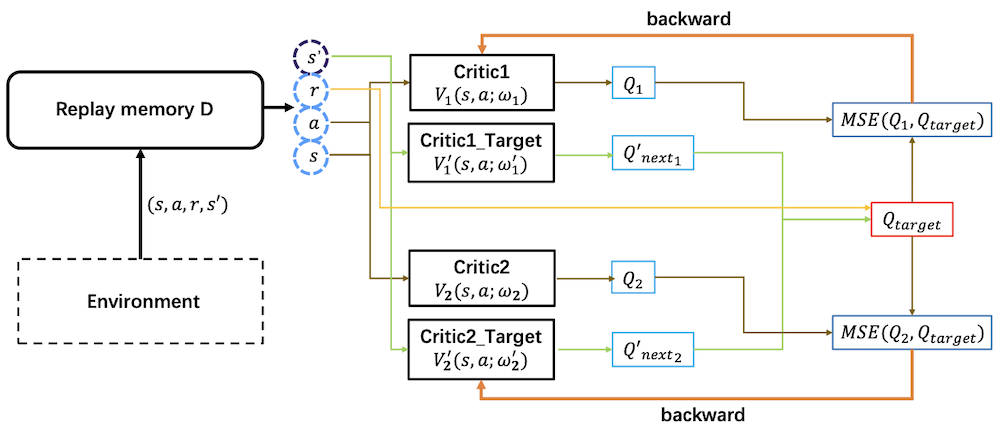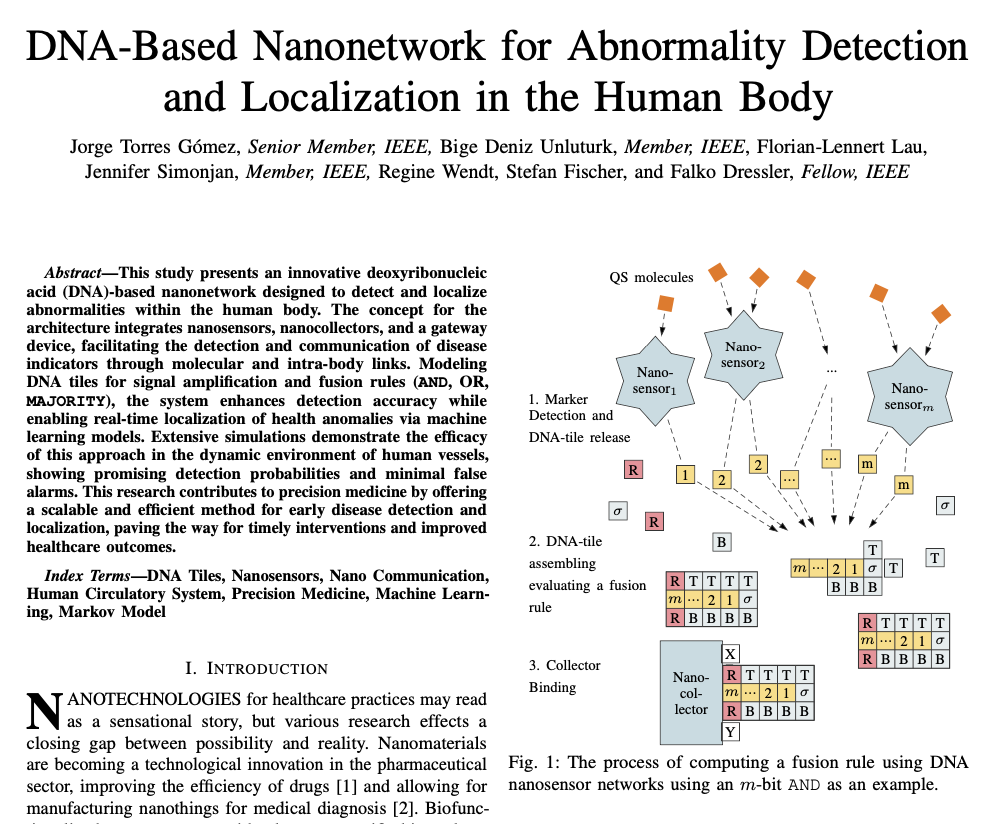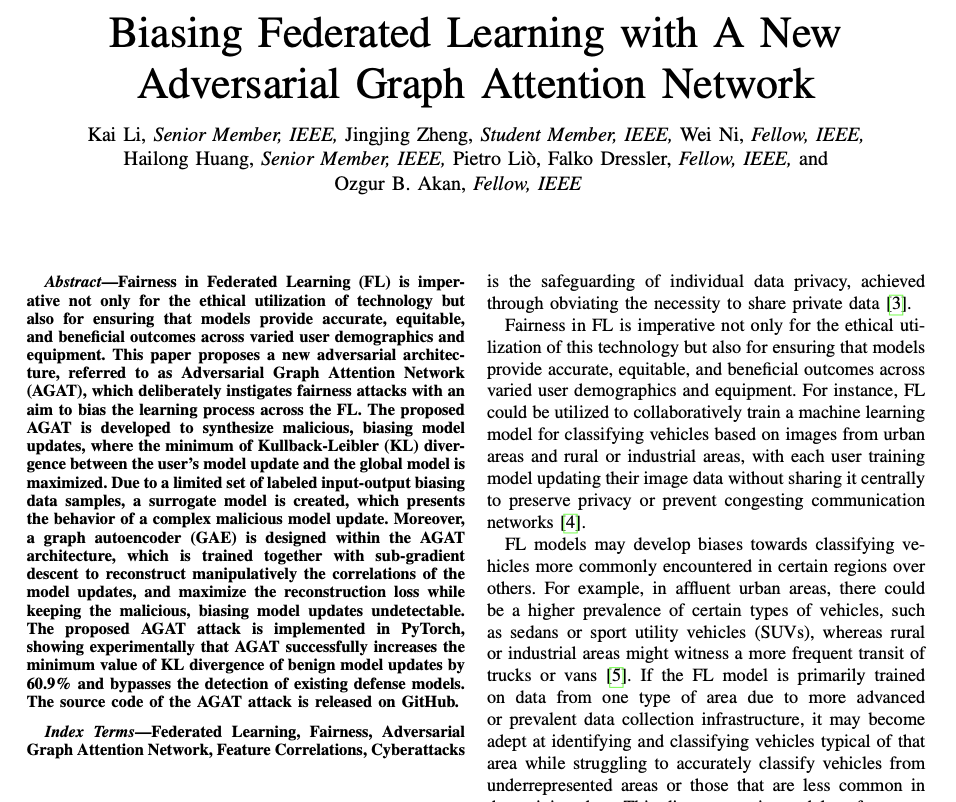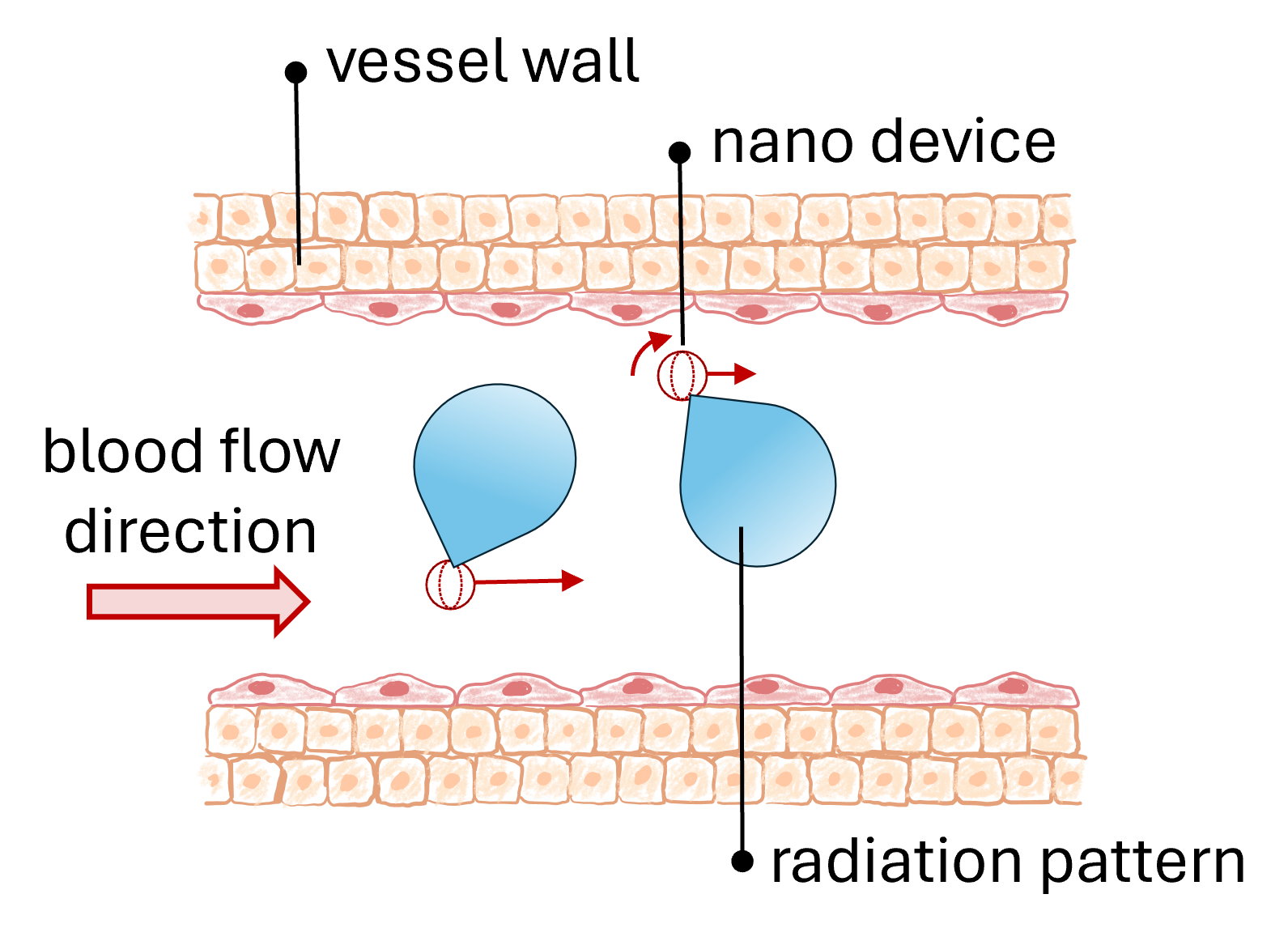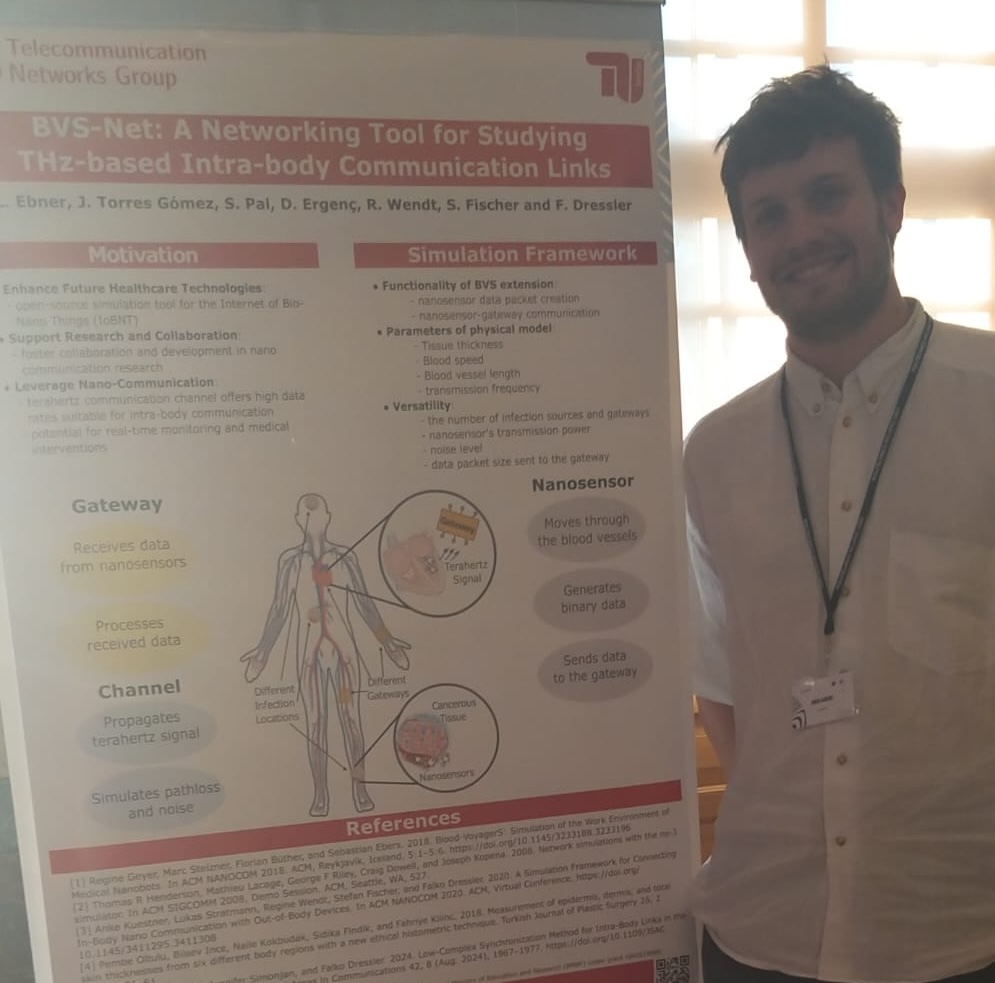Personal website of
Prof. Dr.-Ing. habil. Falko Dressler
OMNeT++IEEE 802.15.4 Model for OMNeT++/INET Framework
Index
Introduction
IEEE 802.15.4 is a standard designed for low-rate wireless personal area networks (LR-WPAN) and defines the specifications of the physical layer (PHY) and medium access control (MAC) sublayer. In contrast to wireless local area network (WLAN), which is standardized by IEEE 802.11 family, LR-WPAN stresses short-range operation, low-datarate, energy-efficiency, and low-cost. Thus, LR-WPAN is intended to become an enabling technology for wireless sensor networks (WSNs). An example is ZigBee, which is an open specification built on the LR-WPAN standard and focusing on the establishment and maintenance of LRWPANs.
Our IEEE 802.15.4 model, which was adapted from its ns- 2 implementation, is built conforming to the latest version - IEEE Std 802.15.4-2006 and has the extendibility to the ZigBee protocol stack. The model consists of an 802.15.4 based protocol stack and two protocol-independent modules supporting energy measurement and mobility in the simulations. The conceptual structure and a screen snapshot are shown in the following figures.
- IEEE 802.15.4 MAC and PHY modules: these two modules are the core of the implementation and modeled strictly conforming to the IEEE standard 802.15.4-2006. The implemented functions will be described for different release version in the Download section below.
- IFQ module: for no MAC buffer size is explicitly specified in the standard, we added an interface queue (IFQ) module that acts as the buffer of the MAC layer. The IFQ module is in fact a drop-tail FIFO queue, which buffers data packets coming from the upper layer and feeds them to the MAC upon request. The buffer size is adjustable.
- Routing Module: it is built to forward packets in star and cluster-tree topologies as well as to support the formation of cluster-tree PANs. In our future work, more ZigBee-proposed routing protocols will be implemented.
- Traffic module: this module is modeled as the application layer and acts as both a traffic source generating packets and a traffic sink collecting and analyzing received packets. The traffic module is inherited from the existing traffic generator class developed by Dr. Isabel Dietrich and supports generating traffic with various types, including CBR, Exponential, and On-off. It uses a flexible XML-based parameter structure and supports dynamical change of traffic pattern during the simulation.
- Battery and mobility modules: The battery module provides real-time measurement of energy consumption at each node and supports simulations of network lifetime. It counts the total time that the radio has spent in each of the four working states and calculates the corresponding energy consumption using the given radio power values. The mobility module supports simulating static or dynamic topologies. For static simulations, the module can place the nodes at a fixed position or randomly within a specified area.
Installation
You should have a working OMNeT++ installation. Version 3.3 or 3.4b2 is recommended. Download and unpack the provided patched INET framework package. Then follow the regular INET installation steps. The IEEE 802.15.4 model including example simulations can be found under the folder /wpan/.
Configuration
Example simulations can be found under INET-20061020/wpan/Examples in the released package.
Download
Darft version 0.1 (Mar. 17, 2008)
This is our pre-release version of the IEEE 802.15.4 model. Note that this version supports only beacon-enabled star networks and implements the following functions.- PHY module
- Channel frequency and data rate selection (among 27 channels/3 data rates)
- Packet Tx/Rx with collision detection
- Radio transceiver state control
- Clear Channel Assessment (CCA)
- Ideal channel
- MAC module
- Slotted and unslotted CSMA/CA
- Beacon-enabled mode (0 <= SO < BO < 15)
- Direct and GTS data transfer models
- Interframe spacing (IFS), frame filtering and duplication detection
- Simplified association process
Download source code: INET-20061020-chen_wpan_v01.tar.gz; MD5SUMS
- PHY module
Darft version 0.2 (Oct. 30, 2008)
- Battery module
- Radio power recalibrated according to Chipcon CC2420 radio
- Problem of "Segmentation fault" found in Ieee802154Battery::Display() solved
Download source code: INET-20061020-chen_wpan_v02.tar.gz; MD5SUMS
- Battery module
Publications
 Feng Chen, Nan Wang, Reinhard German and Falko Dressler, "Performance Evaluation of IEEE 802.15.4 LR-WPAN for Industrial Applications," Proceedings of 5th IEEE/IFIP Conference on Wireless On demand Network Systems and Services (WONS 2008), Garmisch-Partenkirchen, Germany, January 2008, pp. 89–96.
[DOI, BibTeX, PDF, More details]
Feng Chen, Nan Wang, Reinhard German and Falko Dressler, "Performance Evaluation of IEEE 802.15.4 LR-WPAN for Industrial Applications," Proceedings of 5th IEEE/IFIP Conference on Wireless On demand Network Systems and Services (WONS 2008), Garmisch-Partenkirchen, Germany, January 2008, pp. 89–96.
[DOI, BibTeX, PDF, More details]- Feng Chen and Falko Dressler, "A Simulation Model of IEEE 802.15.4 in OMNeT++," Proceedings of 6. GI/ITG KuVS Fachgespräch Drahtlose Sensornetze (FGSN 2007), Poster Session, Aachen, Germany, July 2007, pp. 35–38. [BibTeX, PDF, More details]






